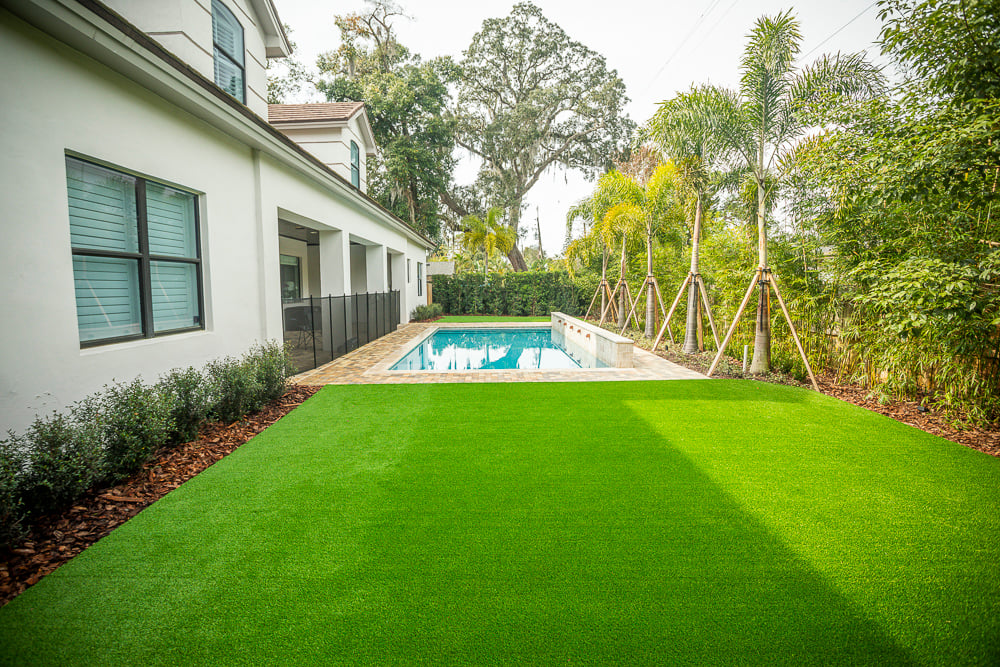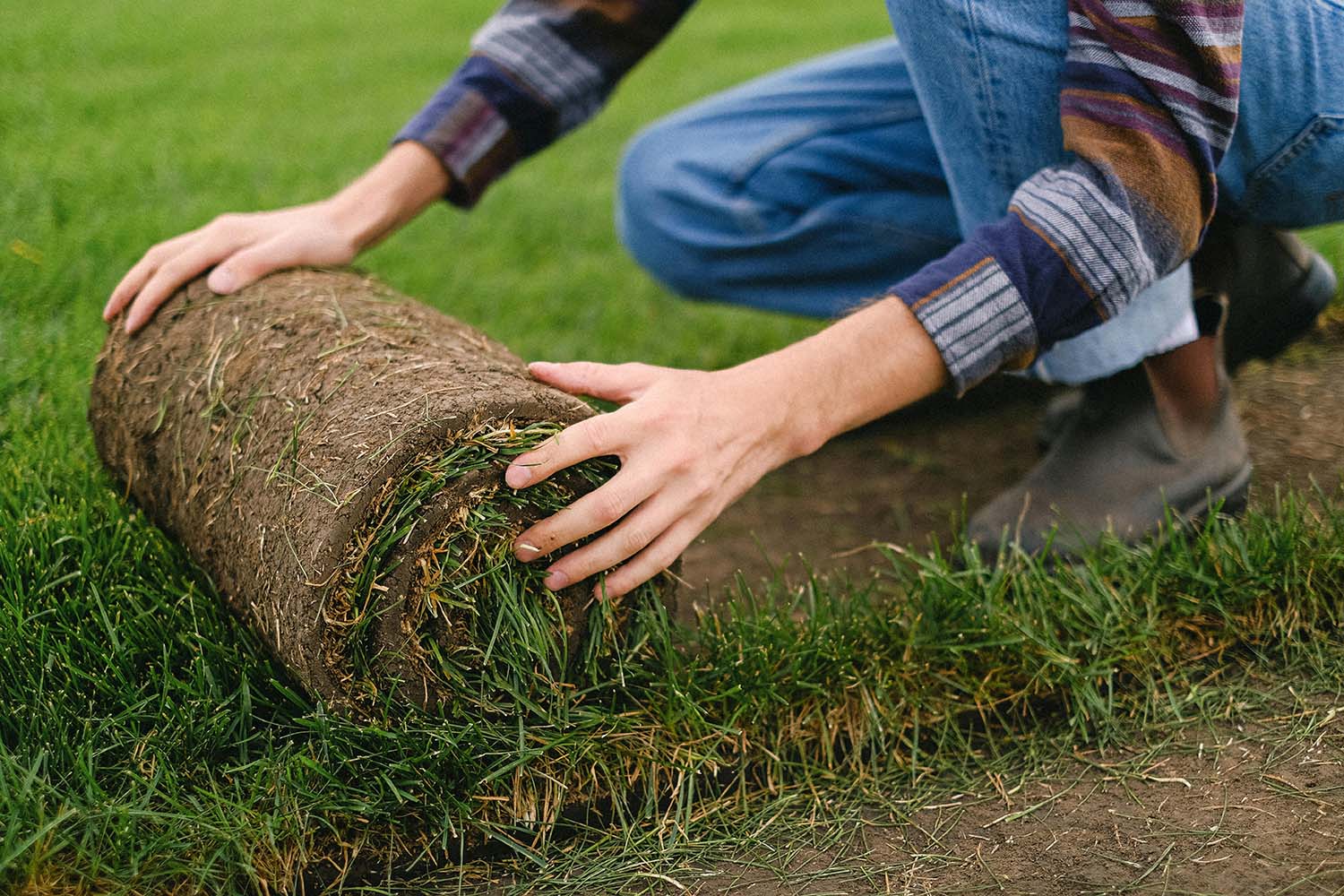Well-Known Artificial Turf Companies Phoenix for a Attractive and Green Lawn
Well-Known Artificial Turf Companies Phoenix for a Attractive and Green Lawn
Blog Article
See Why Homeowners Prefer Synthetic Grass for Sustainable Landscape Design Practices
As homeowners significantly prioritize sustainability in landscaping, artificial lawn has actually arised as a compelling option to traditional grass. What remains to be checked out is the complete range of benefits that synthetic turf can offer to property owners and the environment alike.
Water Preservation Benefits
Among the most significant benefits of synthetic grass is its duty in water conservation. Typical turf yards need substantial amounts of water to preserve their lavish appearance, commonly leading to overuse of local water sources, specifically in deserts. In contrast, synthetic grass removes this demand entirely, as it does not need irrigation. This not only preserves water yet also decreases the stress on municipal water systems, particularly during drought conditions.
Furthermore, the installment of synthetic grass can contribute to a more lasting landscape. House owners can significantly lower their water expenses, enabling for reallocation of resources to other ecological efforts or family usages. Furthermore, synthetic grass is created to hold up against different climatic conditions without the need for extra watering, making it an excellent option for areas dealing with water deficiency.
The ecological advantages extend past instant water cost savings. By lowering water consumption, synthetic grass aids to alleviate the impacts of environment modification, preserving crucial ecological communities that are threatened by too much water extraction. As sustainable landscape design techniques acquire traction, synthetic grass arises as a liable selection for homeowners seeking to develop environment-friendly outside areas.
Reduced Upkeep Efforts
Artificial lawn significantly reduces maintenance efforts contrasted to typical turf yards. With artificial turf, home owners can eliminate the time-consuming jobs connected with natural landscaping, such as mowing, feeding, and weeding. This not just saves beneficial time however also decreases physical labor, making lawn treatment obtainable for people of all ages.
Standard grass require regular trimming to keep a visually pleasing height, whereas synthetic turf remains constantly lush without the demand for cutting. In addition, property owners no longer need to use plant foods or pesticides, which are usually needed to keep all-natural grass healthy and balanced.
Moreover, synthetic grass is durable and long lasting, needing minimal maintenance past occasional brushing and rinsing to remove debris. This convenience of upkeep allows property owners to enjoy their outdoor rooms without the consistent fear of maintenance, giving more time for leisure and family members tasks. Eventually, the decreased upkeep efforts related to artificial grass make it an attractive alternative for those looking for a low-maintenance, aesthetically appealing landscape.

Ecological Effect Reduction
There is an expanding acknowledgment of the ecological benefits related to synthetic grass, particularly in terms of water preservation and reduced chemical use. Conventional yards call for significant quantities of water, especially in drought-prone areas, causing raised pressure on regional water resources. In contrast, synthetic turf eliminates the need for irrigation, dramatically lowering water intake and advertising sustainability.
Furthermore, traditional grass maintenance commonly entails the application of herbicides, pesticides, and fertilizers, which can add to dirt and water contamination. Artificial lawn mitigates this environmental danger by needing very little maintenance and essentially eliminating the need for dangerous chemicals. This not just boosts soil health yet also safeguards neighborhood ecosystems from toxic overflow.
In addition, the manufacturing of all-natural turf lawns commonly includes making use of fossil fuels for cutting and landscape design tools, additional adding to greenhouse gas exhausts. By choosing synthetic grass, property owners can dramatically decrease their carbon impact related to grass treatment activities.
Visual Charm and Versatility
In addition to its ecological benefits, fabricated grass supplies considerable aesthetic charm and convenience for landscaping. House owners can attain a lush, environment-friendly look year-round, eliminating the seasonal fluctuations commonly connected with all-natural turf. This consistent visual not only improves the aesthetic appeal of a residential or commercial property but also contributes to a refined and well-maintained appearance.
Furthermore, fabricated turf is available in a range of colors, textures, and styles, permitting modification to match specific preferences and design styles - Turf installation phoenix az. Whether utilized in household gardens, commercial areas, or leisure locations, it can perfectly incorporate into varied landscaping layouts, from modern minimal to lush exotic settings
The adaptability of synthetic grass prolongs beyond plain appearance; it can be set up in different places, including roofs, outdoor patios, and even indoor rooms, creating possibilities for special landscape design remedies. Additionally, it appropriates for a variety of tasks, from kids's backyard to pet-friendly atmospheres, providing performance without jeopardizing style.
Eventually, the visual appeal and versatility of synthetic grass make it an attractive choice for home owners looking for sustainable landscaping services that do not sacrifice appeal for ecological obligation.

Long-Term Expense Savings
One of the most engaging benefits of fabricated turf is its potential for long-term expense financial savings. Unlike all-natural lawn, which needs routine maintenance-- including mowing, watering, fertilizing, and pest control-- synthetic grass substantially lowers these recurring expenditures.
Furthermore, synthetic grass has a life expectancy of 15 to 25 years, depending upon its quality and usage. This longevity minimizes replacement expenses, making it an extra cost-effective choice in the long run. The first financial investment in artificial turf can commonly be recovered with the financial savings accumulated over time.
While the upfront cost may seem greater contrasted to sod setup, the use this link collective cost savings from reduced maintenance and water use commonly exceed these initial expenses. Eventually, the adoption of artificial turf not just advertises a lasting landscaping option however likewise offers home owners an economically smart alternative click this link that lines up with long-term budgeting objectives.
Conclusion
Artificial lawn emerges as a compelling option for lasting landscaping, providing considerable advantages in water preservation, minimized maintenance efforts, and reduced environmental effect. As neighborhoods increasingly focus on ecologically friendly practices, the adoption of fabricated turf stands for a modern action towards attaining lasting and durable landscapes.
Furthermore, man-made lawn is made to withstand various climatic conditions without the demand for additional watering, making it a suitable choice for regions dealing with water shortage. (Phoenix turf companies)

Artificial grass emerges as an engaging option for lasting landscape design, offering significant benefits in water conservation, lowered upkeep initiatives, and reduced ecological impact.
Report this page